CASH FOR CARBON
Alberta farmers have a new option to be paid for the C02 they sequester. A program by Trimble will compensate those who demonstrate and quantify sustainable on-farm nitrogen management practices.

Alberta farmers have a new option to be paid for the C02 they sequester. A program by Trimble will compensate those who demonstrate and quantify sustainable on-farm nitrogen management practices.
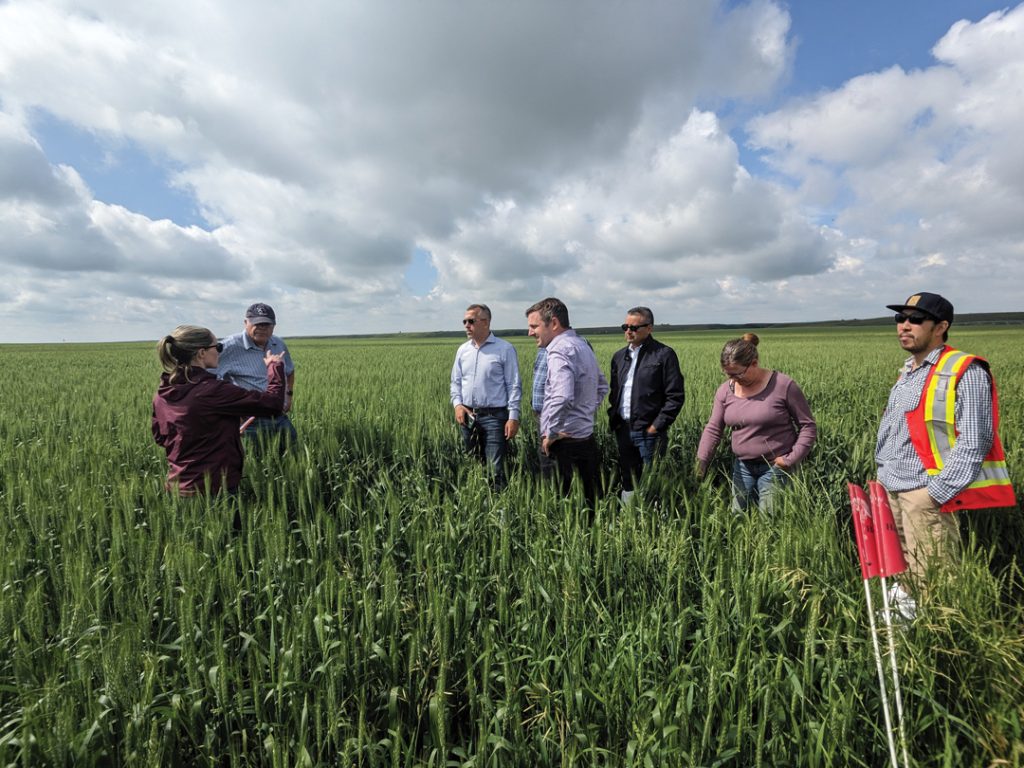
One of several regional chapters of Agriculture and Agri-Food Canada’s 10-year, $185-million Agricultural Climate Solutions — Living Labs Program, AALL conducted its first season in 2023. Its emphasis on real-world results unites farmers and scientists to study practices and technologies that reduce greenhouse gas emissions, sequester carbon and benefit the economic bottom line of farmers.
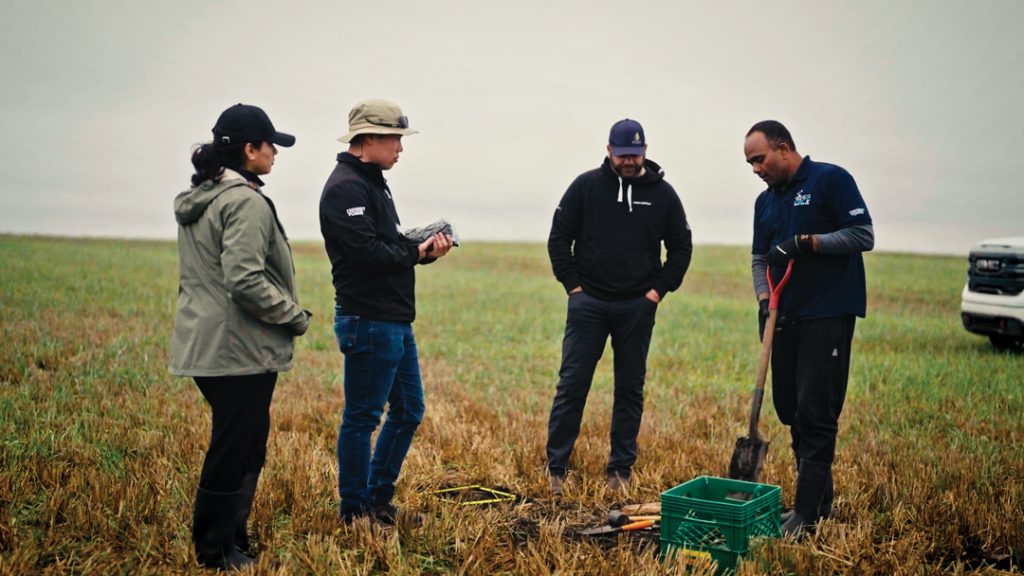
The Canadian Alliance for Net-Zero Agri-Food (CANZA) recognizes the carbon credit market can potentially create agricultural revenue streams. As agricultural carbon pricing has slowly developed in recent years, sequestration has typically been measured by lab analysis of soil samples. Though effective, it is a slow and costly process. A rough estimate of $3.30 per acre for sample analysis would be combined with the cost of sampling and further processing. Farmers who wish to participate in the carbon assets market may require speedier data delivery at a lower cost.
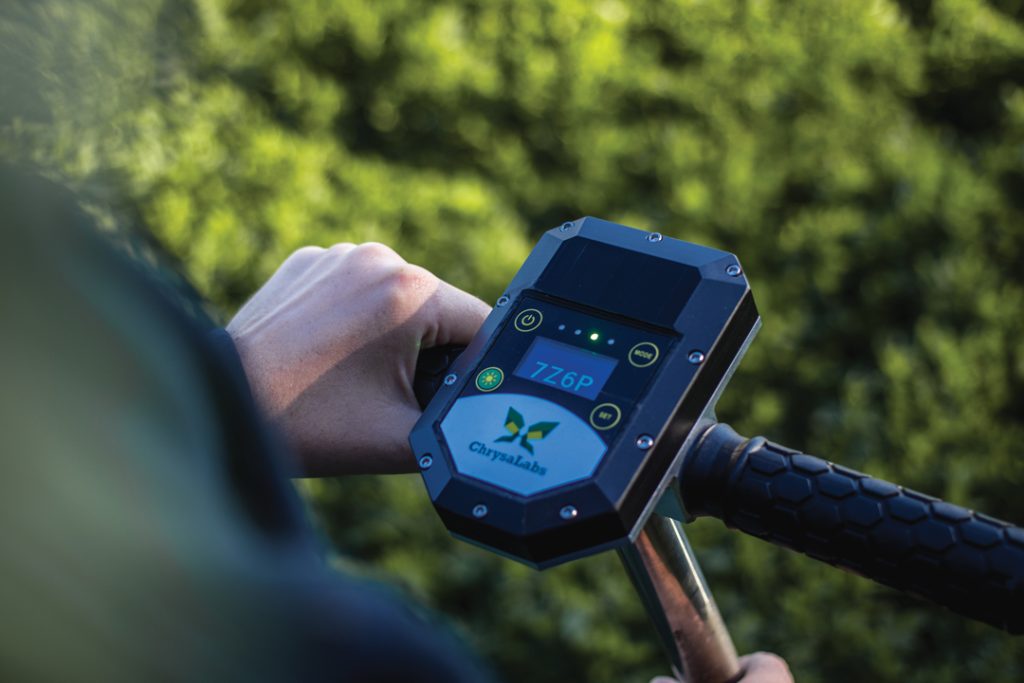
Healthy soil is the foundation of thriving, sustainable grain production. Soil health management is crucial for healthy crop development and also reduces erosion, improves nutrient cycling and maximizes water infiltration. Bettering soil health can even help farmers lower their input costs. With this in mind, agribusinesses and agronomists alike work to provide farmers with the soil knowledge, data and equipment they need to cultivate long-term resiliency.
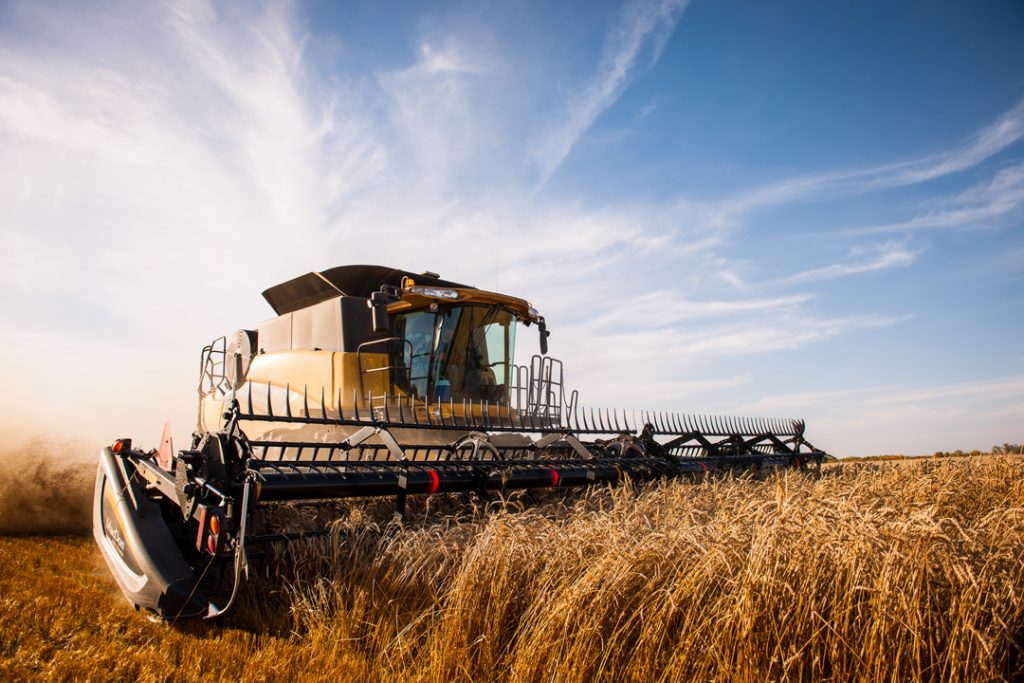
While the nation expects agriculture to contribute to long-range carbon emissions reductions targets, agriculture has made huge gains in sustainability since the early 1990s. Naturally, farmers are frustrated by the lack of recognition for these positive developments.
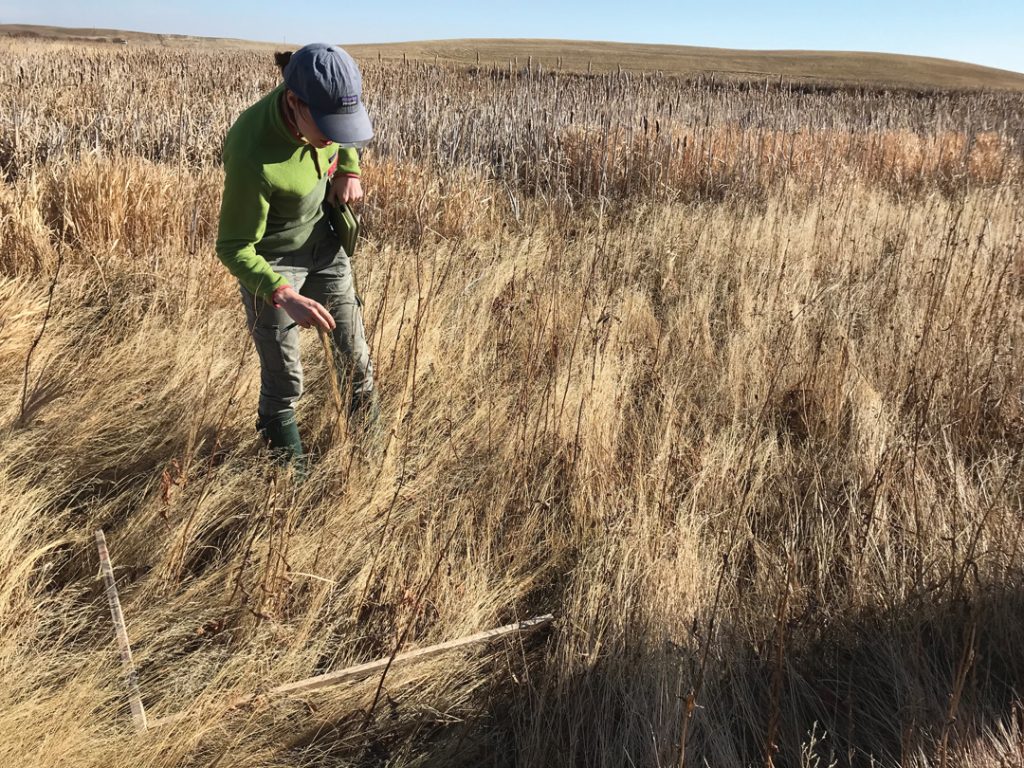
Alberta crop commissions have partnered with the Adaptation Resilience Training (ART) program to build climate change knowledge within their organizations and provide skills and networking opportunities for Alberta university graduates.
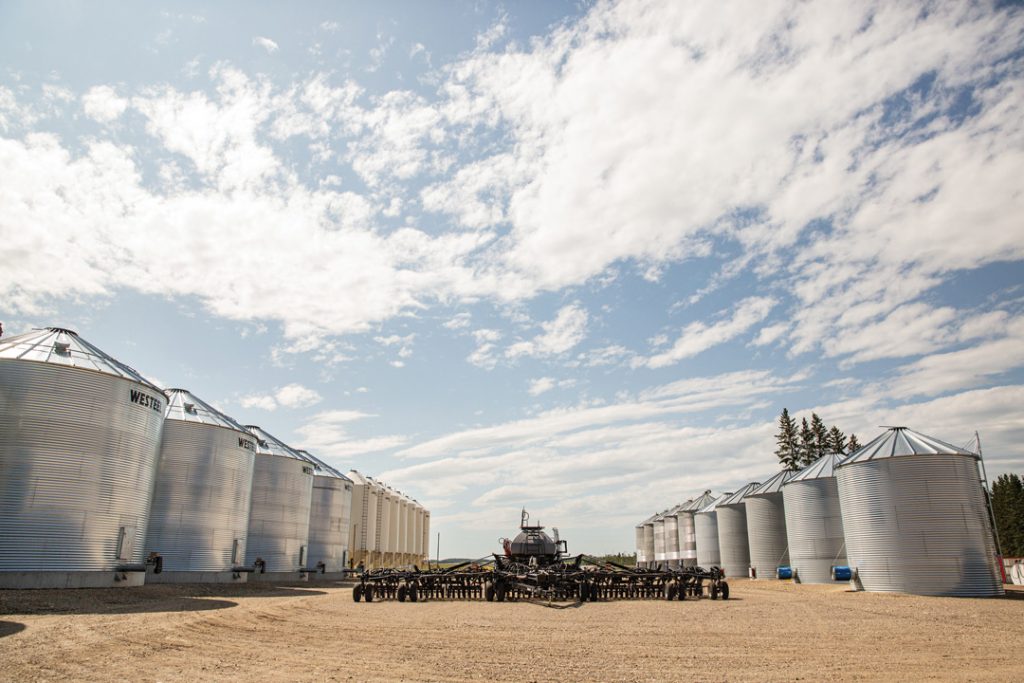
The Canadian government has made a substantial commitment to the achievement of its 2030 carbon emission reductions target. In a July submission to the United Nations, the country formally committed to cut greenhouse gas emissions by between 40 and 50 per cent below 2005 levels. This will support the creation of a net-zero emissions economy by 2050. Part of a global push, it is a goal shared by more than 120 countries. In June, it became the nation’s first emissions reduction target to be enshrined in law within the Canadian Net-Zero Emissions Accountability Act.
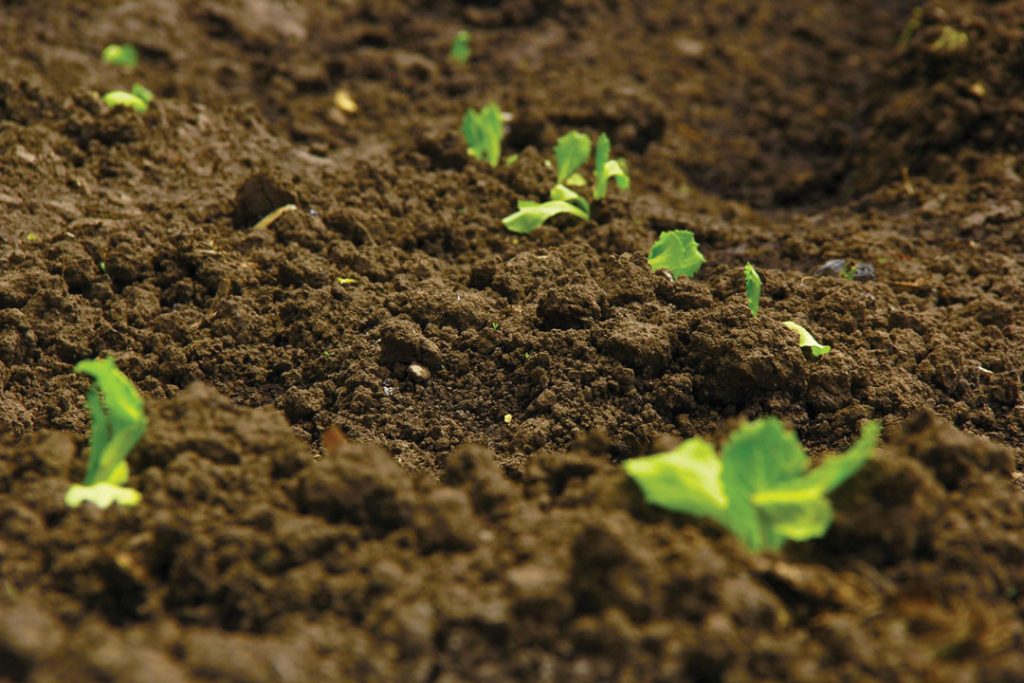
At first glance, the farmer’s role in helping Canada reach its ambitious goal of net-zero CO2 emissions by 2050 appears simple: lower emissions and adopt technology and alternative management practices that boost soil carbon sequestration. Many believe addressing the carbon equation offers economic advantages, too. Farmers who cut back on inputs subject to the carbon tax save money, and those who adopt so-called regenerative practices may participate in the growing carbon economy by collecting and selling carbon credits. While this sounds straightforward, it is anything but.